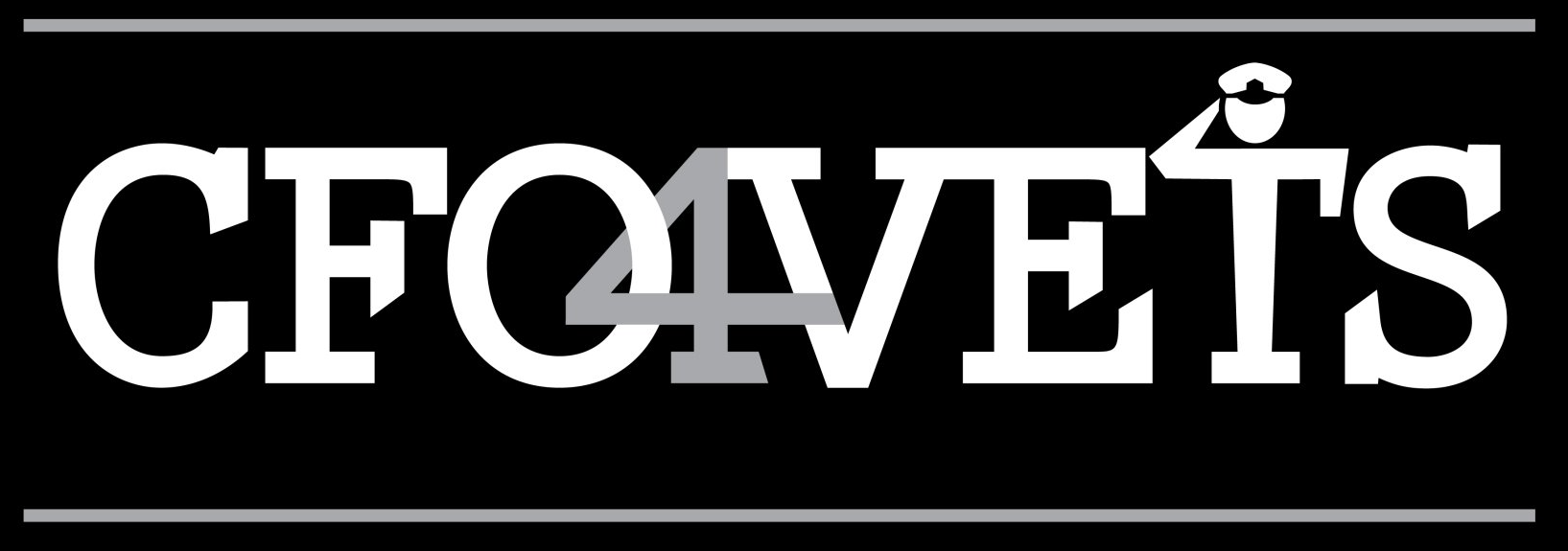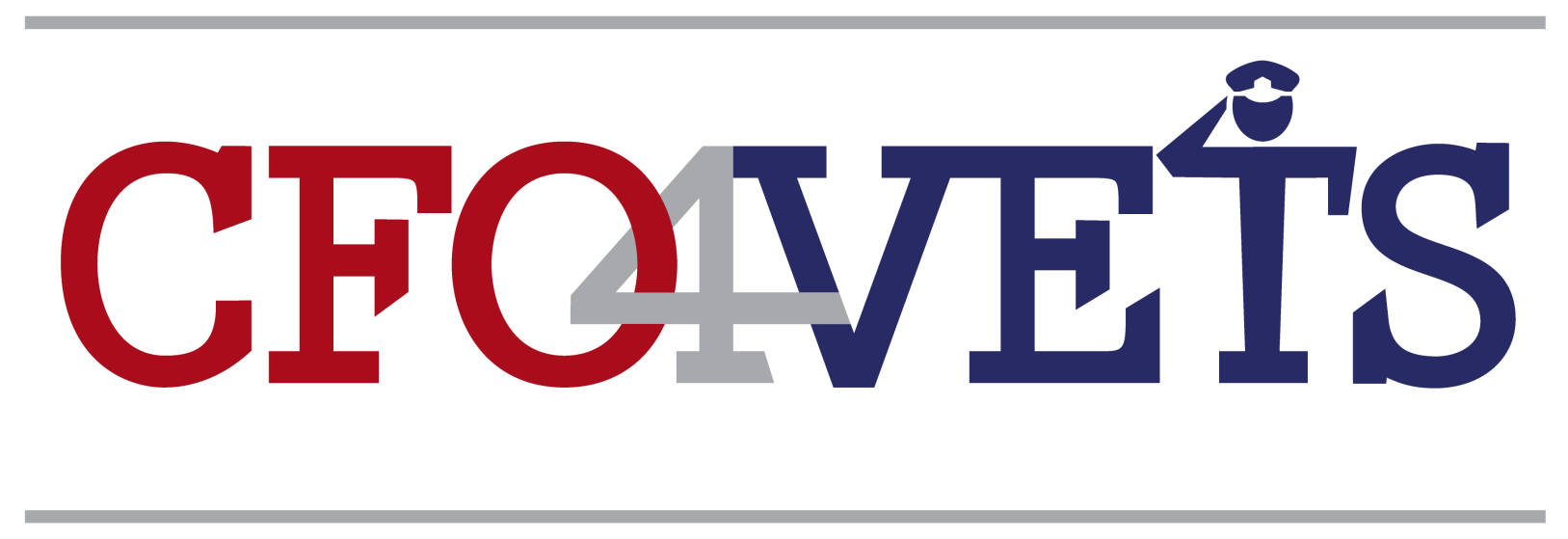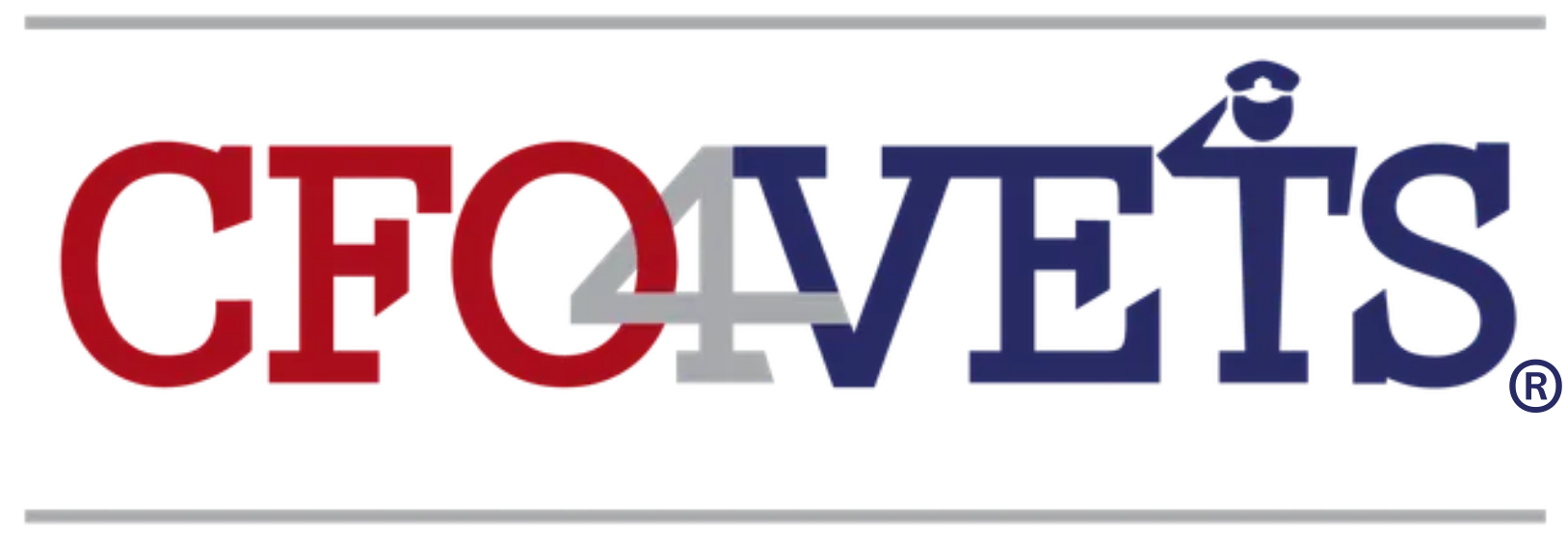Scott Chesson
Annual Budget Primer
Preparing for 2022. It's Right Around the Corner!
As your business begins contemplating 2022, devote ample time and energy to preparing for financial success during the fall of 2021. How best to gear up for a profitable outcome in 2022? Start by building a budget and scrutinizing your most recent twelve months of financial results. Let’s examine some essential steps in creating an annual plan.
First, perform a retrospective analysis of your company’s trailing twelve-month (TTM) financial performance.
In effect, an after-action report of the prior twelve months. Examine the following questions/tasks:
1. How do your Year-To-Date (YTD) financial results compare to the original budget?
2. How do your TTM financial results compare to the prior twelve months?
3. What products or service revenues grew the fastest?
4. How do your profit margins compare to businesses your size in the same industry?
5. What financial anomalies (detrimental and positive) occurred during the last 12 months that are unlikely to recur in the following year?
6. Analyze your organic growth initiatives and determine the most successful and least successful initiatives.
7. Be sure to analyze cash flow efficiency and the relevant metrics to assess shortfalls, proficiency, and windfalls.
Second, perform a SWOT (Strengths, Weaknesses, Opportunities, and Threats) of your business.
Brainstorm regarding the most urgent requirements of your business in 2022 as part of the SWOT. Then, incorporate the most pressing needs into your strategic plan and budget. What are some examples of pressing needs?
1. What new products or services need to be launched in 2022 to overcome weaknesses, address competitive threats, or capitalize on opportunities?
2. Are there any products or services that must be eliminated because of poor historical performance or minimal market opportunity?
3. Are there imperative staffing requirements that will strengthen weaknesses, counterbalance threats or create new opportunities?
4. What other resources besides staffing must your company acquire to address the results of the SWOT? Equipment, Subscriptions, Systems?
Third, establish revenue goals for 2022. Incorporate the intelligence gleaned from performing the TTM retrospective financial analysis and the SWOT. Start by building an inventory of revenues expected to recur in 2022. Two examples of cataloging expected revenues follow:
1. SAAS (Software as a Service) firms will use MRR (Monthly Recurring Revenues) and ARR (Annual Recurring Revenues) to calculate a baseline of subscription revenue.
2. To determine a baseline, professional services firms build a revenue forecast based on expected client revenues and contract dates with services detail by month.
The two examples of inventorying revenues are by no means all-inclusive but proxies for projecting recurring revenues. Once the expected baseline projection is complete, then the next step is to establish some revenue goals. I recommend setting three separate topline goals:
· First, establish an achievable goal that reflects modest growth over 2021.
Why? The attainable goal gives your company a revenue floor in the event of unexpected economic, staffing, industry, or environmental (COVID) conditions. Let’s say your business has grown 10% over the last three years. Then, the floor would likely be 10% or less growth depending on the whole spectrum of circumstances. If your expected recurring revenues going into 2022 are 90% of 2021 revenues, then your gap to achieve 10% growth is only 18% of your achievable goal. This goal exemplifies “prepare for the worst, hope for the best.”
· The second goal is the stretch goal.
This goal pushes your company to exceed your 2021 growth by a respectable margin. Instead of 10% growth as alluded to previously, plan for 20% growth. If your expected recurring revenues going into 2022 are 90% of 2021 revenues, then your gap to achieve 20% growth is 25% of your achievable goal, or your business starts the year with 75% of budgeted revenues identified. I recommend building your 2022 budget based on the stretch goal.
· Finally, the third goal is the “stars are aligned” goal.
This goal pushes your company to exceed your 2021 growth by a wide margin. Instead of 20% growth for a stretch goal, plan for 50% growth. If your expected recurring revenues going into 2022 are 90% of 2021 revenues, then your gap to achieve 50% growth is 40% of your achievable goal, or your business starts the year with 60% of budgeted revenues identified.
Once you have established an achievable, stretch and “stars are aligned goal,” then construct a budget based on your stretch goal, including profit margin growth. After completing your stretch budget, develop contingency budgets for both the achievable and “stars are aligned” goals by adjusting your stretch budget components. Individual business circumstances may dictate altering this methodology.
In summary, prepare for financial success in 2022 by devoting ample time and energy in the fall of 2021 to performing an honest, comprehensive assessment of your business. After completing a thorough review, create a budget followed by contingent scenarios to prepare for the worst and reach for the stars.
Written By - Scott Chesson / SAB Strategic Partner / Fractional CFO Services
https://chessolutionsllc.com/ - https://www.linkedin.com/in/scottchesson/
C. 2017-2021 Strategic Advisor Board / M&C All Rights Reserved
www.strategicadvisorboard.com / info@strategicadvisorboard.com

Every business owner will exit their business at some point – whether voluntarily or involuntarily – yet only about 50% of business owners have a buy-sell agreement in place to govern the terms and process of the exit. For this reason, it’s crucial to know about buy-sell agreements, which are legally binding contracts between co-owners of a business that determines the actions if a co-owner chooses or is forced to depart a company and the process of purchasing that person's share. I’ve compiled a list of the most commonly asked questions about buy-sells: How would a business owner benefit from a buy-sell agreement? In many cases, the business owner's largest and most significant asset is the business itself. Suppose something happened to one of the primary owners. In that situation, it is crucial to ask how the owner’s demise or departure would affect the lifestyle and exit plans of the other owners, the business, and the other interested parties. Are you willing to share your business with your deceased partner's heir? The demise of a primary owner is an excellent example of where buy-sell agreements come into play. They can remove the speculation regarding the future of your business. Furthermore, a buy-sell can reduce the stress and turmoil of an emotional situation. Do you need a business valuation when implementing a buy-sell agreement? The short answer is yes. A business valuation can be critical when contemplating a buy-sell. Valuations help you understand your business's worth and determine your action path after a buy-sell is activated due to a triggering event, such as when a primary business owner becomes disabled, leaves the company, or passes away. Suppose a buy-sell agreement does not require an updated company valuation after a triggering event. In that case, the surviving owner may be required to pay the amount stated in the original buy-sell, even if that amount no longer accurately reflects the company's actual worth. Similarly, a company's valuation may differ after a primary owner leaves the business. As you can see, knowing how much your company's value depends on its current organizational structure and staying ahead of the game in your forecasting is essential. Who does a business owner work with to implement a buy-sell agreement? A Certified Valuation Analyst is a professional business valuator who, along with a trusted attorney, is a must-have in establishing a proper buy-sell agreement. Because buy-sell arrangements can be challenging to discuss with a business partner and require much organization and implementation, a trusted attorney can steer and mediate those difficult conversations. Protect your business – and yourself – by being prepared for the difficult transition when an owner exits the business. Buy-sell agreements help pave the way for smoother transitions.

I’ve seen so much in my twenty-five years as a CFO, and though I’ve worked in many sectors, the area where I’ve observed the most financial pitfalls has been for small businesses. I want to share two of my most common observations so that you can avoid making the same mistakes if you’re currently in any of these situations as a business owner. All you need is a bit of flexibility, foresight, and innovation. 1) Impulsive Cost Cutting Measures The knee-jerk reaction for most folks in challenging economic times is a tendency to focus on cutting costs while losing sight of how important it is to optimize and innovate your revenue streams. I’m not saying that cost reduction isn’t essential, or even mandatory, during an economic downturn. Still, I will stress that reducing your costs cannot replace a concerted strategy to optimize your existing revenue streams while also exploring and building new revenue pathways. Perhaps a tactic you may want to consider is scrubbing your costs throughout the year rather than doing so dramatically during a moment of panic. It allows you to be more thoughtful in your approach. I’d also suggest you look at zero-based budgeting, which means annual expense budgets are not automatically renewed with a blanket percentage increase and, instead, each expense category is analyzed and justified based on a company’s requirements -- in concert with the overall cost structure. Even implementing zero-based budgeting on a limited basis will help avoid protracted cost-cutting during downturns. My final advice on this matter is to not be too hard on yourself! It’s easy to lose sight of growing the top line when your business is fighting for survival on the bottom line. 2) Getting Attached to Something that Isn’t Working Another common pitfall I’ve seen repeatedly is when business owners are wedded to a product, service, or strategy that is unsuccessful. Instead of bringing in revenue, it is harming their business’s financial health. Passionate and committed entrepreneurs often take on the idea that they can make something work – even if it’s not meant to be and falsely believe that admitting defeat or giving in to the notion that if a product, service, or strategy goes away means they have failed. It’s also hard because they have almost always dedicated so many resources to their efforts that they must continue trying. However, a small business has many advantages over a large, bureaucratic entity. One advantage is flexibility. They can move quickly to take advantage of opportunities or pivot away from unsuccessful undertakings (like poorly performing products, services, or strategies) before too much financial damage is inflicted on the business. The damage is generally manifested as negative cash flows or declining profits. Still, the effects are much more far-reaching and less clear, but they impact the most finite of resources, time, and energy. I recommend having a timeline and specific goals to chart the progress of a new product or service. Then, your company has guidelines that can prevent devoting unwarranted time, money, and energy to unsuccessful projects. There is no shame in experimenting and adapting your business and acknowledging that some ideas failed. You are still doing a great job and learning with every experience, becoming more substantial and more valuable in the marketplace.





